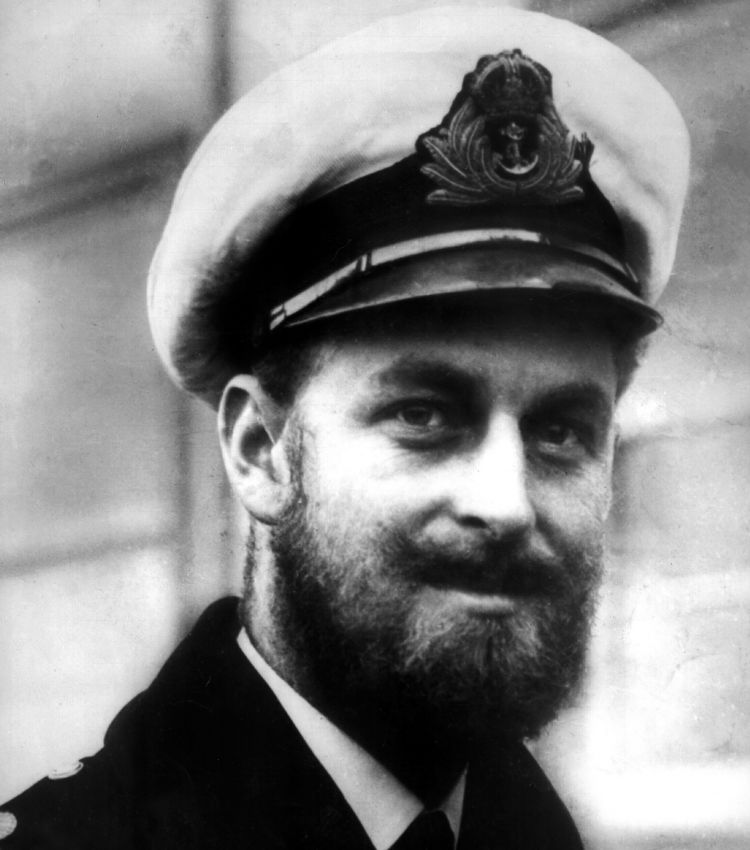With the sad news of the passing of HRH Prince Philip, Duke of Edinburgh, yesterday peacefully at Windsor Castle, aged 99, Pathfinder International magazine reflects on the Prince’s outstanding military service.

Philip joined the Royal Navy as a cadet in 1939 following his education at Gordonstoun School and went on to train as an Officer at the Royal Naval College in Dartmouth, Devon.
Philip’s first posting was to HMS Ramilies in January 1940, when the United Kingdom was well into the throws of the Second World War.
HMS Ramilies was tasked with protecting convoys of the Australian Expeditionary Force in the Indian Ocean.
From there, Philip was transferred to the Mediterranean Fleet in October 1940, where he served on board the HMS Valiant, following the invasion of Greece. He was involved in the battle of Crete, which saw several Royal Navy vessels sunk.
He was mentioned in dispatches for his role in the Battle of Cape Matapan in which he was in charge of the ship’s searchlights.
Three years later, Philip was labelled a hero following his role in saving the HMS Wallace which was coming under heavy attack during the Invasion of Sicily. Phillip hatched a plan to disorientate German bombers attacking the ship during nightfall by launching a raft boat from the ship with floats.
One of HMS Wallace’s crew, speaking to the Observer in 2003, Harry Hargreaves stated: “I suppose there might have been a few survivors, but certainly the ship would have been sunk. He was always very courageous and resourceful and thought very quickly.”
Following Victory in Europe, Philip transferred to the British fleet in the Pacific Ocean and was present for the Japanese surrender.
Following the conclusion of the war, Philip was posted to HMS Royal Arthur in Wiltshire, where he served as an instructor at the Royal Navy’s leadership training unit.
After his marriage to the Queen in 1947, he returned to the Royal Navy at the Admiralty, then the Naval Staff College in Greenwich.
Philip was posted again this time to Malta as First Lieutenant of HMS Chequers and by the time he left the Royal Navy, he was at the rank of Commander.
His active military career may have ended, yet his ceremonial interests carried on and he later gained a vast array of military titles across the three branches of the military.
By 2011, Philip had become the Lord High Admiral – one of the nine English Great Officers of the State.

Prince Phillip, the Duke of Edinburgh’s Military Service – a summary.
Military career
Allegiance
United Kingdom
Service/branch
Royal Navy
British Army
Royal Air Force
Years of service
1939–1952
(active service)
Rank
Admiral of the Fleet
Field Marshal
Marshal of the Royal Air Force
Captain General Royal Marines
Commander (active service)
Commands held
HMS Magpie
Battles/wars
Second World War
Battle of Crete
Battle of Cape Matapan
Allied invasion of Sicily
Operation Dragoon
Operation Robson
Operation Lentil
Battle of Okinawa
Awards
Mentioned in dispatches
Croix de Guerre with Palm
Greek War Cross

